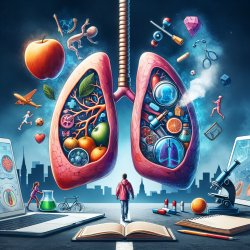Key Findings and Actionable Steps
1. Validate the Asthma Diagnosis
Up to 50% of children evaluated for problematic severe asthma may have been misdiagnosed. Practitioners should ensure the diagnosis of asthma is based on detailed medical history, physical examination, and objective tests such as pulmonary function tests and skin prick testing.
2. Assess Treatment Adherence
Non-adherence to treatment is a significant factor in uncontrolled asthma. Studies show that more than 70% of asthmatic children take less than 80% of their prescribed ICS doses. Using electronic monitoring devices (EMDs) can provide an objective measure of adherence and help identify DA.
3. Evaluate Inhaler Technique
Incorrect inhaler technique can lead to poor drug deposition and uncontrolled asthma. Regular reviews and demonstrations of inhaler use can improve technique and outcomes.
4. Identify and Manage Comorbidities
Comorbidities such as allergic rhinitis, obesity, gastroesophageal reflux disease (GERD), and psychological factors can complicate asthma management. A multidisciplinary approach involving specialists can help address these issues effectively.
5. Explore Biologics for Precision Treatment
Biologics targeting specific immune mediators such as IgE, IL-5, and IL-4 have shown promise in treating severe asthma. Omalizumab, mepolizumab, and dupilumab are some of the biologics that can be considered for children with DA.
Encouraging Further Research
Despite these advancements, many treatments have not been extensively studied in children. Practitioners are encouraged to stay updated with ongoing research and consider participating in clinical trials to contribute to the growing body of knowledge.
For a more detailed understanding and to explore the original research, please follow this link: Progress in diagnosis and treatment of difficult-to-treat asthma in children.










